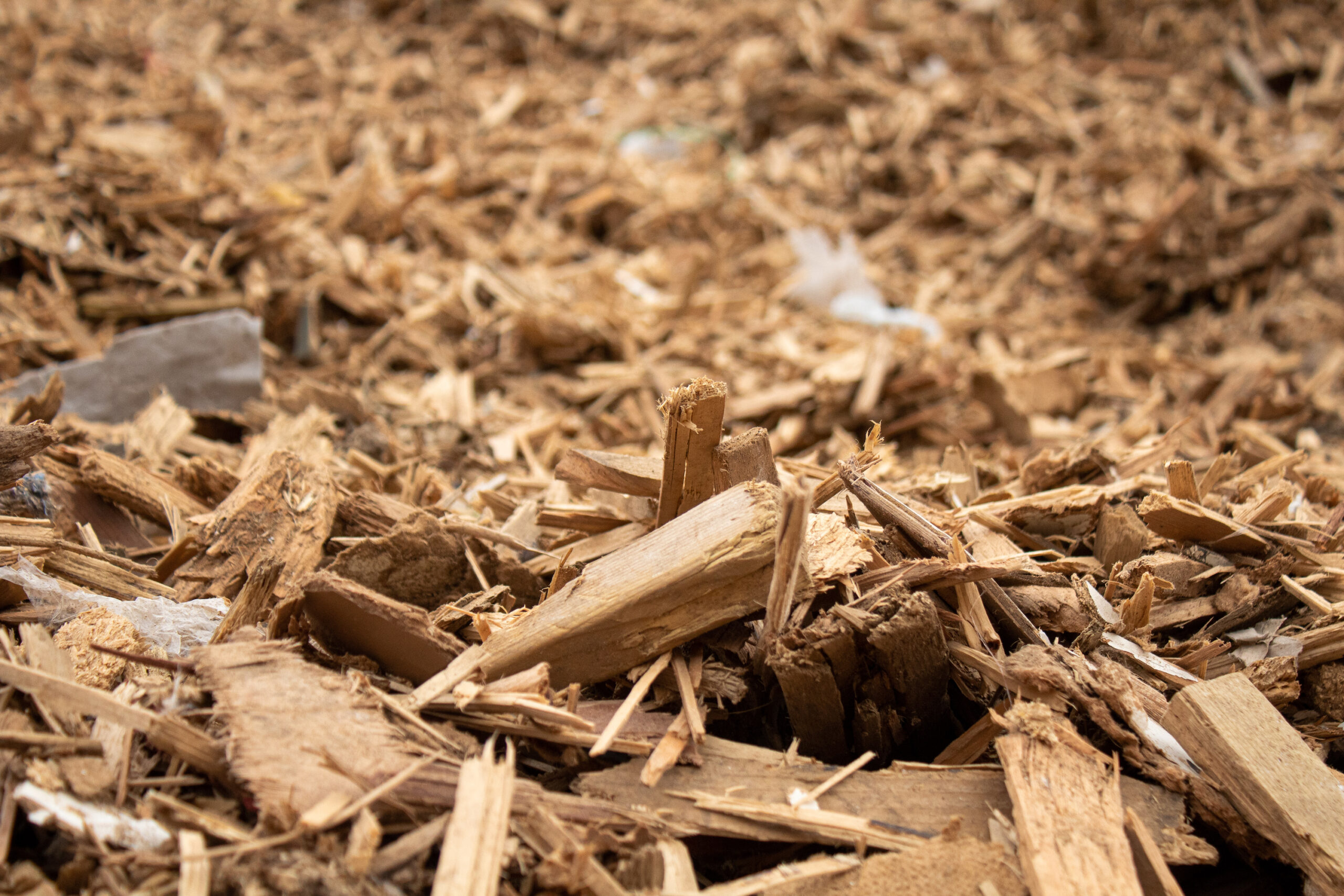The steadily declining business activity in Europe, in combination with trade boycotts of Russia and Belarus, has led to a sharp drop in volumes of waste wood. And as supply falls, prices will strengthen throughout Europe this autumn.
In several regions, the price of the best quality waste wood is now close to 100 euros per tonne. This creates challenges both within material recycling and energy recovery, which in practice is competing for the same waste wood, explains CEO of Geminor, Kjetil Vikingstad.
“Not only does waste wood become more expensive, but it also becomes more challenging to obtain. In Germany alone, we estimate that the supply will fall by around 2 million tonnes this year, and England and France also report deficits in waste wood. Unfortunately, we expect a further deterioration during the winter, as inflation and increased interest rates also affect access,” says Vikingstad.
The market for waste wood is complex for several reasons. Kjetil Vikingstad explains: Waste wood is attractive in both material recycling and energy recovery, but there are also various regulations for the recycling of waste wood within the EU.
“In countries such as Norway and Denmark, public tenders demand a high share of material recycling, which has led to increased exports to the panelboard industry. Waste wood is an attractive raw material for recycling because it normally makes up a large proportion of the municipalities’ total waste volumes, which thus makes it easier to meet targets and requirements for material recycling,” says Vikingstad.
The fact that waste wood is exempt from CO2 taxation in countries such as Sweden also increases the interest in wood as a fuel in district heating plants.
Few, if any, countries are hit as hard by the lack of waste wood as Sweden. The Swedes have regulations that facilitate the efficient use of waste wood and various types of biofuel in energy production, and many incineration plants have boilers designed only to receive waste wood and biofuel.
In 2021 alone, a whopping 21 TWh of energy for district heating production was based on wood and biofuel. About 46 percent of this was based on biofuel such as bark and chips.
This year, many district heating plants need to consider other fuel alternatives, says Country Manager for Geminor in Sweden, Per Mernelius. “The market demand is opening up new streams, and previously unused biomaterial from forestry is becoming more attractive to the energy recovery industry. At the same time, several plants are able to use both impregnated wood and treated residual waste such as SRF in the fuel mix. However, this adaptation demands adjusted emission permits, as well as the right quality fuel and logistics,” says Mernelius.










